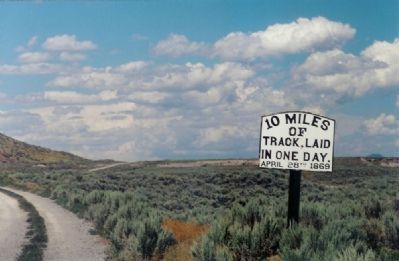Never-ending learning with the Teaching Company
August 1st, 2011 at 9:22 am (Books, Education)
Every since I discovered The Teaching Company’s excellent lecture courses, I’ve been a fan. Apparently, Orson Scott Card is too. He wrote an article about how great the Great Courses are (scroll down about 3/4 of the way). I know just what he means when he writes:
“Why am I going on about these courses? Because I believe education should never end. I don’t think education is something you “get,” and degrees don’t impress me. […] the truth is I read constantly, and take these course[s], for love. It bothers me when there are things I don’t know or don’t quite understand. I hate it that I only speak a couple of languages. There just hasn’t been time to learn all that I’ve wanted to in my life.”
He recommends the following Great Courses professors:
- Brian Fagan: human prehistory
- Elizabeth Vandiver: Herodotus’ history
- Jennifer Paxton: medieval English history
- Kenneth R. Bartlett: history of Renaissance Italy
- Louis Markos: writings of C.S. Lewis
- Marshall C. Eakin; discovery and conquest of the Americas
- Peter Rodriguez: economics
- Philip Daileader’s three courses on early, “high” and late Medieval Europe
- Robert L. Dise Jr.: ancient empires before Alexander the Great
- Scott McEachern: origin of civilization: “begins badly – start with lecture 3”
- John McWhorter: intro to linguistics: “best teacher I’ve encountered in the Great Courses so far”
 … none of whom I’ve yet sampled. My own current favorite is Prof. Rufus Fears, who created the excellent “Books That Have Made History: Books That Can Change your Life” course (currently discounted). I’m not sure I always agree with his conclusions, but the aim of a great course should be to inspire you to think on your own, not just adopt every opinion and interpretation professed by the instructor. Dr. Fears is always entertaining — sometimes a bit excessively so, as when his lectures become more of a dramatic reading or interpretation of the book under study than an analysis of the great ideas and themes it contains. I am eagerly working my way through this course and hope to learn more from him in the future.
… none of whom I’ve yet sampled. My own current favorite is Prof. Rufus Fears, who created the excellent “Books That Have Made History: Books That Can Change your Life” course (currently discounted). I’m not sure I always agree with his conclusions, but the aim of a great course should be to inspire you to think on your own, not just adopt every opinion and interpretation professed by the instructor. Dr. Fears is always entertaining — sometimes a bit excessively so, as when his lectures become more of a dramatic reading or interpretation of the book under study than an analysis of the great ideas and themes it contains. I am eagerly working my way through this course and hope to learn more from him in the future.
Given Card’s recommendation, I may also be trying Prof. McWhorter as well! I’ve always been interested in linguistics, but have never taken an official course on the subject. A “Teach Yourself Linguistics” book is on my to-read list. Maybe McWhorter’s course will be the impetus for finally making that happen. As Card notes, the best strategy is to wait until the course you’re interested in goes on sale — their sales are phenomenal. Meanwhile, I also have “Building Great Sentences: Exploring the Writer’s Craft”, “The English Novel”, and “Stress and Your Body” to enjoy and learn from. Here’s to an educational sabbatical!


